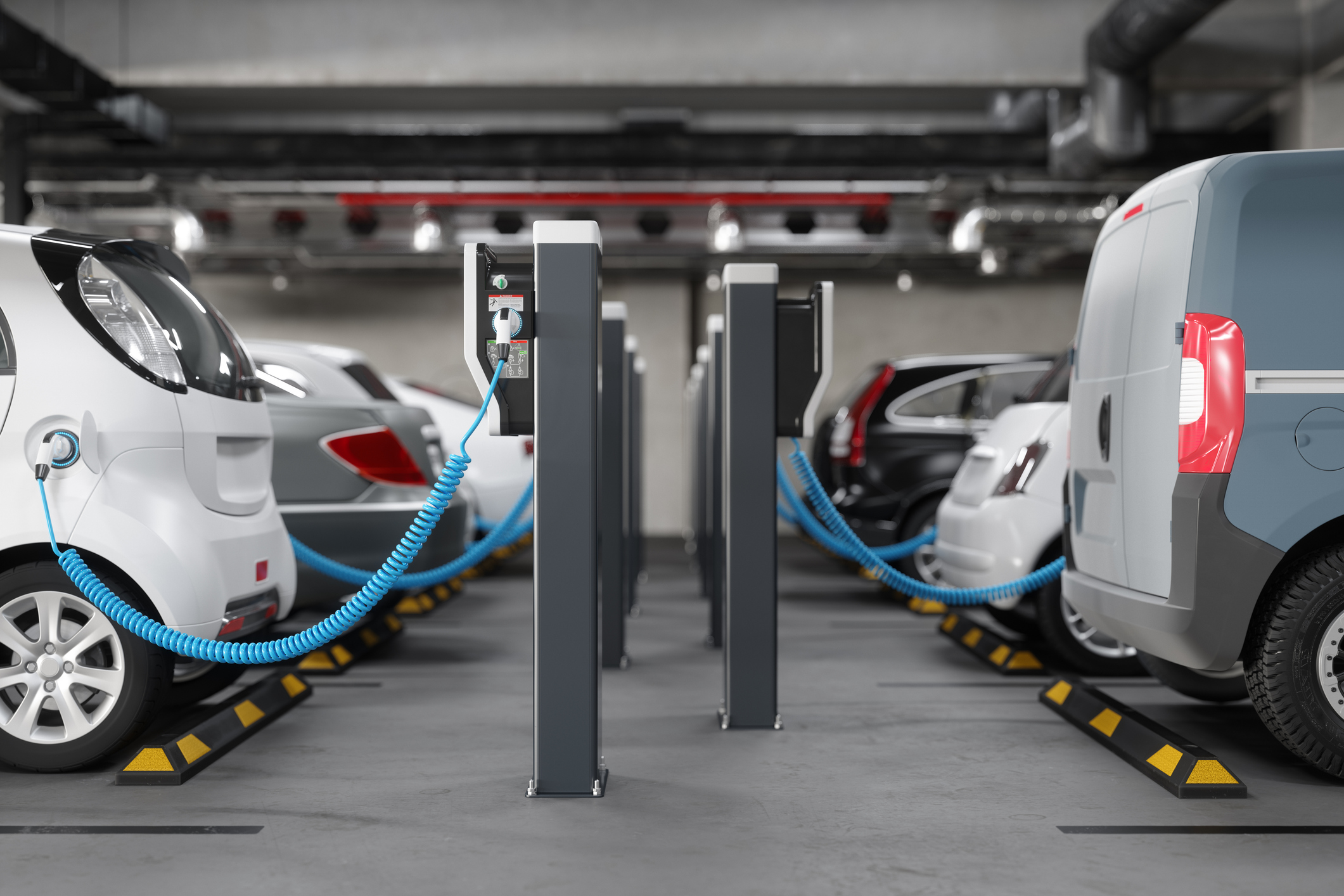Zero Emissions Day is an international event celebrated each year on September 21st that focuses on raising awareness about the environmental impact of carbon emissions and air pollution. Fossil fuels, such as coal, oil, and gas, are by far the largest contributor to global climate change, accounting for over 75% of global greenhouse gas emissions and nearly 90% of all carbon dioxide emissions. Work toward zero emissions is already underway, as evidenced by the increased adoption of electric vehicles, as well as through smart load managing strategies like EV charging or V2G charging strategies. Through demand-side management, utilities not only enhance air quality but also drive the future of our energy ecosystem toward cleaner, more resilient energy systems, ensuring a healthier planet for generations to come.
Debunking the Myth: Electric Vehicles & Environmental Impact
Electric vehicles have been hailed as a game-changer in the quest to reduce carbon emissions and combat climate change. However, a persistent myth suggests that EVs are no better for the environment than their traditional gasoline-powered counterparts. The primary argument behind this misconception is that electric vehicles rely on electricity to meet EV charging needs, which are often generated from fossil fuels, particularly coal and natural gas.
First, this assumes that the current global energy portfolio will remain static, with fossil fuels accounting for the majority of generated electricity, which, as a finite resource, is an unlikely trajectory. Beyond that, the EV itself has no tailpipe emissions, will only have better, less harmful manufacturing processes, and presents a manageable energy asset for utilities. Below, let’s look a little deeper at some of these concepts.
Transitioning to Greener Energy Sources for EV Charging
It’s true that in some regions, electricity for EVs is still generated from fossil fuels. However, this perspective overlooks a critical factor: the evolving energy portfolio. In recent years, there has been a significant shift toward cleaner, more sustainable energy sources.
- Renewable Energy: Wind, solar, and hydropower are rapidly gaining ground in electricity generation. These renewable sources produce power with minimal or zero greenhouse gas emissions. As the share of renewables in the energy mix grows, the electricity used to charge EVs becomes inherently cleaner.
- Grid Decarbonization: Many regions are actively working to decarbonize their electricity grids. This involves reducing reliance on fossil fuels and increasing the use of low-carbon and carbon-free energy sources. As a result, the carbon footprint associated with electricity generation diminishes, benefitting all electricity consumers, including EV owners. Fortunately, EV charging and other load management strategies are parallel and complementary objectives to help meet decarbonization goals.
Zero Tailpipe Emissions: A Game-Changer
One of the most significant advantages of electric vehicles is their zero tailpipe emissions. Unlike traditional internal combustion engine vehicles, which release pollutants like carbon monoxide, nitrogen oxides, and particulate matter into the atmosphere, EVs produce no tailpipe emissions.
This aspect alone has a profound impact on air quality, particularly in urban areas. It translates to reduced smog, cleaner streets, and improved health for residents. By embracing EVs, we can significantly contribute to enhancing the quality of the air we breathe.
Moreover, zero tailpipe emissions align with global efforts to combat climate change. These emissions directly contribute to reducing greenhouse gasses in the transportation sector, one of the largest sources of carbon emissions worldwide.
The Green Potential of Electric Vehicles
Electric vehicles have emerged as champions of environmental sustainability. Their increasing adoption brings a host of green benefits, including contributing to a cleaner planet. One notable advantage is the significant reduction in air pollution. Unlike traditional vehicles, EVs produce zero tailpipe emissions, meaning they don’t release harmful pollutants like carbon monoxide and nitrogen oxides into the atmosphere. This translates to improved air quality, especially in urban areas where air pollution is a pressing concern.
Another vital aspect to consider is the distinction between emissions associated with manufacturing electric vehicles and the emissions they prevent during their lifecycle. While there are emissions linked to EV production, they are often offset by the reduced emissions resulting from the vehicle’s operation. As EVs continue to evolve and become more efficient to produce, this balance tips even further in favor of their environmental benefits. It’s crucial to recognize that the green potential of EVs extends beyond the absence of tailpipe emissions, encompassing their entire lifecycle impact on our planet.
EV Charging & Demand Flexibility
EV charging infrastructure isn’t just about powering your car; it’s a gateway to demand flexibility, revolutionizing how we consume energy. Through legislation like the Inflation Reduction Act or Bipartisan Infrastructure Law, the U.S. is already working to expand our EV charging infrastructure. Coupled with an executive mandate to ensure that half of all manufactured vehicles are electric by 2030, a different picture emerges: EVs are already here and more are on the way quickly. Is your operation prepared?
Opportunities for Demand Flexibility
EV charging systems present a dynamic opportunity for demand flexibility. By connecting them to the grid, utilities can balance energy supply and demand more efficiently. During off-peak periods, when energy is abundant and often cheaper, smart EV charging systems can automatically charge your electricity. This not only saves you money but also lightens the load on the grid during peak hours.
Optimizing Energy Consumption: Smart EV charging systems are designed to optimize energy consumption by tapping into off-peak periods and integrating renewable energy sources. This means your EV could be charging when the sun is shining or the wind is blowing, maximizing the use of clean energy.
Grid Stability and Peak Demand: EVs aren’t just consumers of electricity; they can be contributors to grid stability. During peak demand, as another type of distributed energy resource (DER), EVs can serve to feed excess power back into the grid. This not only reduces strain during peak hours but also enhances grid resilience, paving the way for a more stable and sustainable energy future. Likewise, as one of many DER technologies, EVs can play a role in virtual power plant strategies!
Zero Emissions Day Conclusion
While we commemorate this event yearly, let’s carry with us the spirit of Zero Emissions Day in our daily lives. The path toward zero emissions is not without challenges, but it is paved with innovation, determination, and a collective commitment to change. By advocating for clean energy solutions, supporting sustainable practices, and driving policy changes, we can drive the momentum toward a future defined by reduced carbon footprints, healthier air, and a thriving planet.






